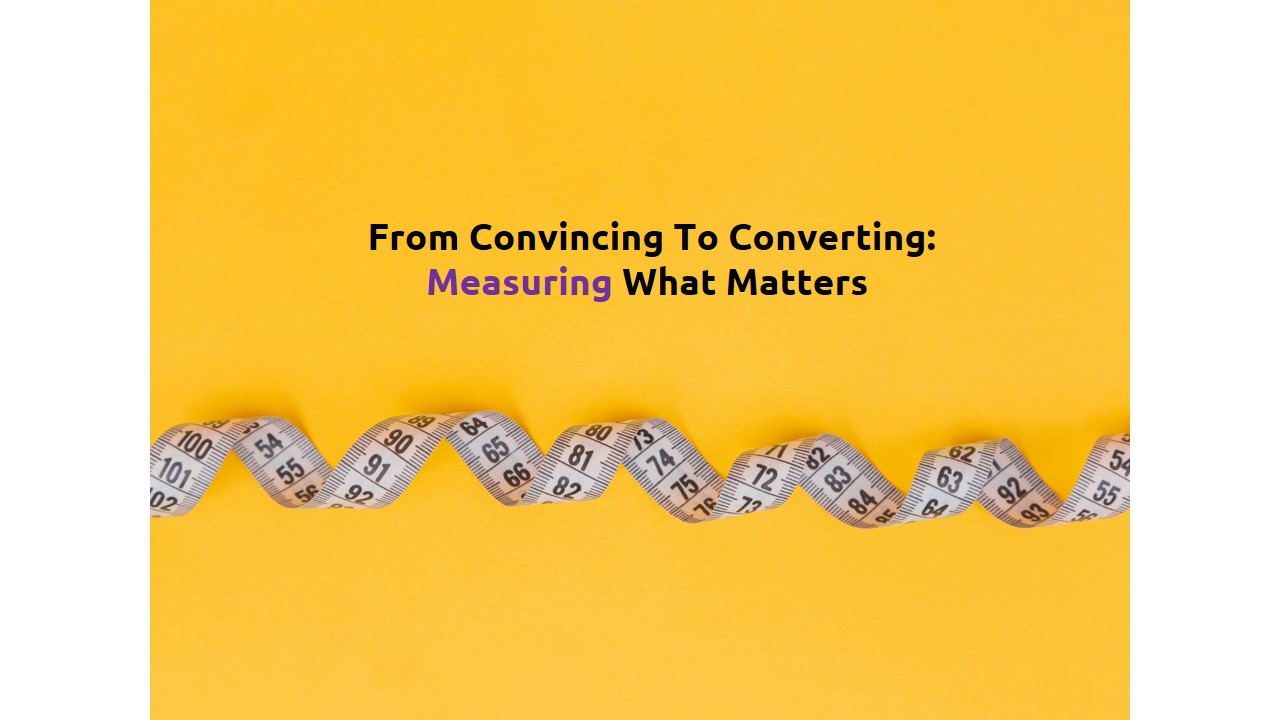


I just made a new purchase – a wooden table. After setting it up, out of habit, I took a picture and posted it on my Instagram with the caption, ‘unboxed and assembled’. Not so surprisingly, quite a few people ended up asking me where I purchased it from. Am I an ‘influencer’? Nah. Did I have the power to influence the people around me? Oh yeah!
Word of mouth has now become e-WOM (electronic word of mouth), but has been around for a long time. People have always influenced each other when it comes to buying decisions.
The underlying concept of influencer marketing, depending on someone’s credibility, remains the same. What actually changed is the medium or channel.
A study from Mediakix shows that nearly 90% of all marketers find ROI from influencer marketing comparable to or better than other marketing channels!
Measuring the Return on Investment for Influencer Marketing is a challenge, but it is not impossible. Unlike other types of marketing efforts, this is not just money in, money out.
A few important things to remember before diving into influencer marketing’s ROI:
Organic SEO and sites like Pinterest get businesses additional impressions, even after their influencer marketing efforts have ended.
The content created by the influencers can be used and reused by the businesses, on their own social media channels.
Generally, the costs associated with traditional marketing techniques are much higher than the costs associated with influencer marketing. The influencers take the responsibility of any creative costs, leading to lower overall cost, and a greater return.
Simply put, return on investment, ROI, is the amount of the income that has been generated from the spending that has been done. It helps you determine whether the effort you’re putting in, the investment you’re making, is actually worth it or not.
This sounds easy to calculate but unfortunately gets a little more complicated when it comes to influencer marketing efforts. There’s no outright fixed cost, and neither is there an absolute value of the benefit (like sales made) that you have, on top of it, the customer journey visibility is hard to track. However, once you’re clear about your campaign goal, you can track specific KPIs that help in calculating the ROI.
Every brand wants their presence to be seen by the maximum audience possible. It is recommended to track your subscriber count by covering how many email subscribers you have or even through simpler means like tracking your Instagram followers.
A little similar to audience building, to make people more aware of your business, you need to have a greater presence around. Track page views, impressions, and mentions. Using Google Analytics, you can see from where the traffic has been directed, and whether is it from your specific influencer or not. A very simple way to track your mentions, and the engagement that your brand is getting is through social listening tools.
Of course, all businesses are looking for leads, to eventually be converted to sales. This can simply be done either through utilizing CRM systems for tracking which lead landed on your website from where or making use of email marketing software.
Another great yet super simple metric to track is the engagement rate. All you need to do is keep a check on the likes, comments and shares you’re getting on your marketing efforts. This is easy to track because of the built in analytics dashboard provided by all social media channels. When an influencer is posting about you though, the stats won’t be directly visible to you. Make sure that every time you have an agreement with them, they’re clear about sharing a detailed performance report with you.
Ultimately, all businesses wants their leads to be converted to sales. All our marketing efforts should directly or indirectly contribute to greater sales. Sales can be tracked in Google Analytics if you’ve set up ecommerce tracking.
In short, if you’re looking for a good return on your influencer marketing efforts, you need to Track things that actually contribute to the sale, not only the final sales figures.
Now we’ve established that influencer marketing is a great marketing strategy, and measuring its return is actually possible, how can you gain access to all these influencers?
Walee has done all the heavy lifting for you, and has over 80,000 influencers on board! To help businesses track their efforts, Walee generates a unique custom tracking link for each influencer when they work on a campaign. This makes tracking influencer marketing efforts super easy, giving businesses the exact number of sales they’ve generated. In fact, the payments made to the influencers are through the same platform, making it easy to do a cost-benefit analysis, using cost per click (CPC) and eventually calculate the ROI.
Pretty simple right? Send us a message on our social media channels or email us at support@walee.pk to see how we can help you get the maximum benefit out of your influencer marketing efforts.
Share your thoughts in the comments below!